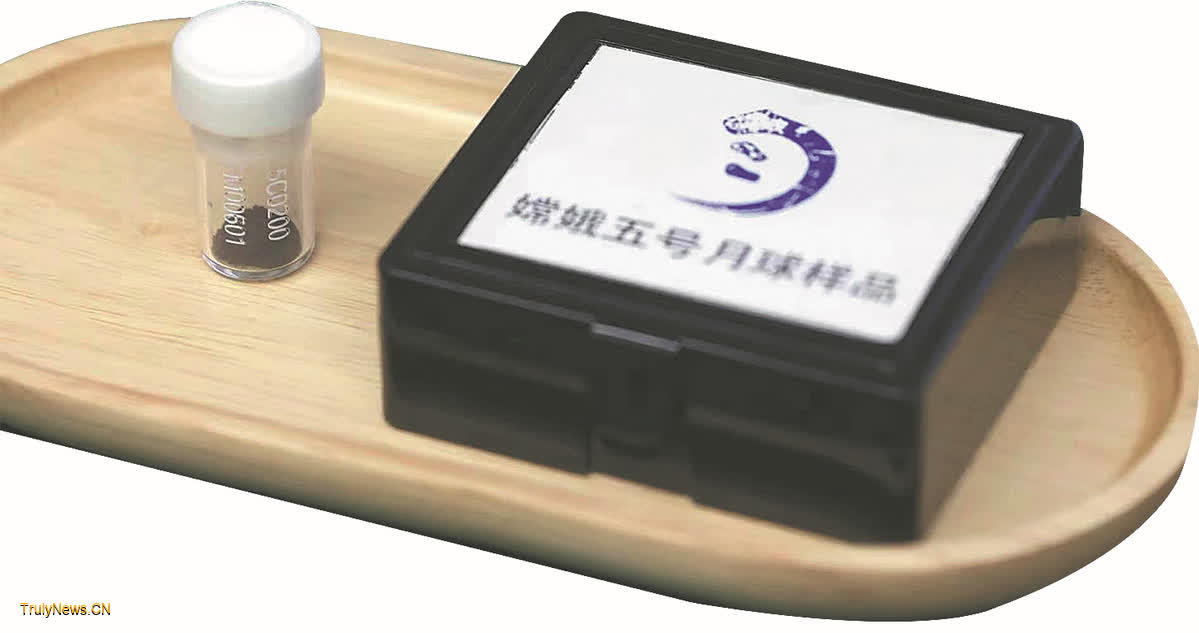
Although quite a number of self-media mentioned the incident with headlines suggesting “Chinese scientists have discovered large quantities of water on the moon”, the fact is, as shown by the original academic study, that domestic researchers have proposed a way of providing the large quantities of water that would be needed to support permanent lunar bases.
After three years of deep study and repeated analysis, Chinese researchers have found that a mineral in lunar soil holds huge amounts of hydrogen. When heated to more than 1,000 degrees Celsius, the lunar soil will release the water in the form of vapor.
That might not be as sensational as the self-media headlines suggested, but it does point to a possible way of supplying permanent lunar bases on the moon with the water they would need. It is impractical to carry enough water from Earth to the moon considering the tens of thousands of dollars needed to carry every kilo of materials there via rockets.
The proposal by the Chinese scientists points to the possibility of a feasible way to ensure the amounts of water needed to support future lunar bases can be provided, as according to their calculation every ton of lunar soil could produce about 50 kiloliters of water, enough to support 50 persons for 24 hours, while the melted lunar soil could be used as bricks for building lunar bases.
The proposal wouldn’t have been made without the overall progress of China’s technologies, such as the series of Chang’e lunar missions that brought back lunar soil samples for research. The participating scientists included those from the Chinese Academy of Sciences’ Ningbo Institute of Materials Technology & Engineering and Institute of Physics, China Academy of Space Technology, Harbin Institute of Technology, Nanjing University and Songshan Lake Materials Laboratory. Such groundbreaking achievements of Chinese research teams show not only have they sharpened their skills, they have also strengthened their collaboration.